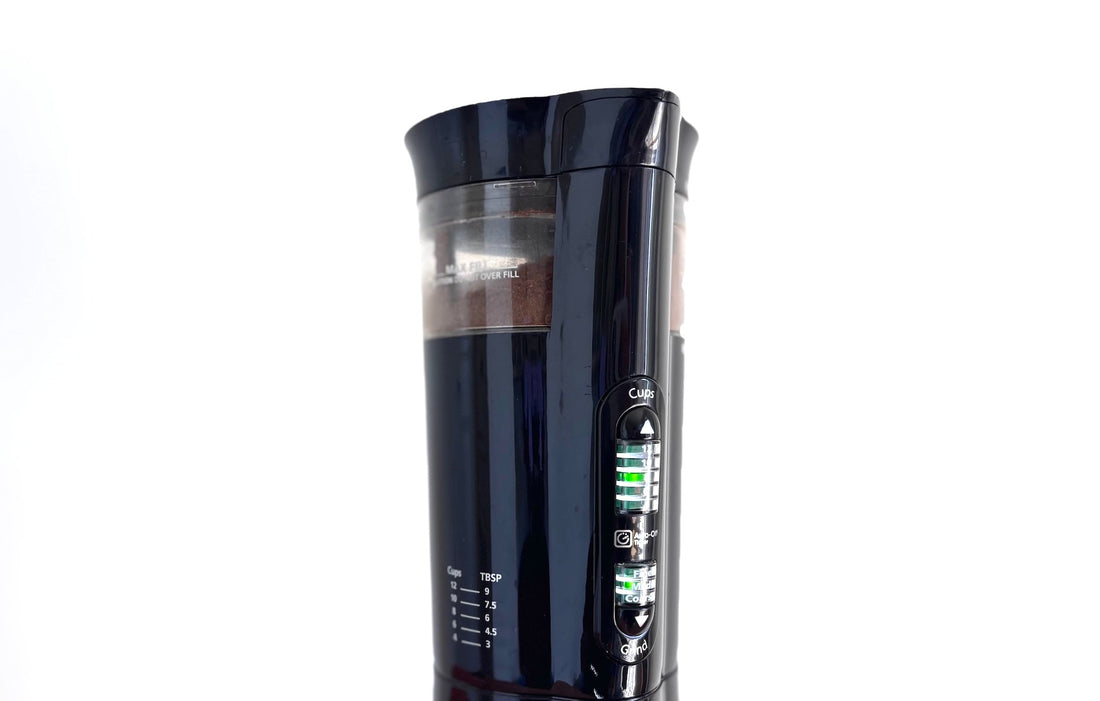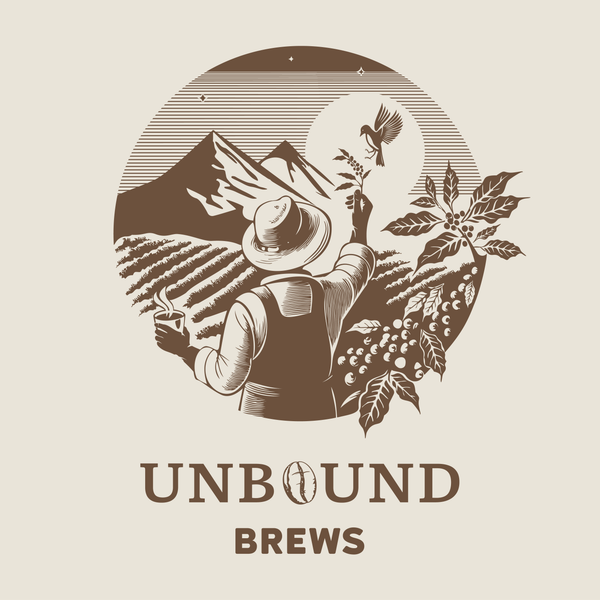
Finding Your Grind: Why Coffee Grinders Matter
A great cup of coffee doesn’t just start when water meets grounds. It begins with carefully sourced beans and thoughtfully roasted profiles—this foundation sets the stage for achieving the perfect grind. The way coffee is ground impacts flavor, extraction, and the overall brewing experience! Understanding the difference in types of grinders, the importance of grind size, and how to adjust for taste will elevate your coffee ritual.
Which kind of coffee grinder is best for me?
Not all grinders are created equal. Aside from the ever-reliable hand grinder, there are two main types of electric grinders: blade and burr.
Blade Grinders – Think of these like spice grinders. A spinning blade chops coffee beans at high speed, breaking them into uneven pieces. Because there’s no way to control particle size precisely, the result is inconsistent. Some grounds will be too fine, others too coarse, leading to unpredictable extraction and flavors. While they lack the precision needed to bring out all the subtle nuances of freshly roasted beans, blade grinders are affordable, widely available, and great for travel.
Burr Grinders – The gold standard for grinding coffee. Burr grinders use two plates (burrs) to crush coffee into evenly sized particles. There are two types:
(1) Conical Burr Grinders: Feature a cone-shaped burr that fits inside a hollow burr, creating a more energy-efficient grind.
(2) Flat Burr Grinders: Use two flat plates to grind beans more precisely.
Both types ensure a uniform grind size, which is key to balanced extraction and a better-tasting cup.
When to Grind
Once coffee is ground, it begins oxidizing and losing its vibrant aromatics. To get the most out of your coffee, grind only what you need right before brewing—ideally within 15 minutes. This helps preserve the delicate flavors that make each cup unique. For our complete freshness guide, click here.
Why Grind Size Matters
Grind size directly affects extraction—how much flavor is pulled from the coffee during brewing. Finding the right grind size for your brew method prevents coffee from tasting too bitter (over-extracted) or too sour (under-extracted).
To visualize grind size, think of sand and rocks. Water moves slowly through sand, extracting too much flavor—resulting in an over-extracted, bitter brew. On the other hand, water rushes through rocks too quickly, under-extracting the coffee and leaving it sour and weak. Dialing in your grind size allows you to balance extraction and get the best possible flavor.
Grind Size Guide
|
Grind Size |
Brewing Method |
|
Very Fine |
Espresso |
|
Medium Fine |
AeroPress |
|
Medium |
Batch Brew (Drip Coffee Machines) |
|
Medium Coarse |
Pour Over (V60, Kalita Wave, Chemex*) |
|
Very Coarse |
French Press, Cold Brew |
*Chemex requires a slightly coarser grind than V60 or Kalita Wave.
Why We Don’t Pre-Grind Our Coffee
Freshly ground coffee holds onto its nuanced flavors much longer than pre-ground. Grinding releases aromatics and delicate compounds that make coffee shine, but exposure to air causes those flavors to fade quickly. We want you to experience coffee at its peak, which is why we always recommend grinding fresh. If you need your coffee ground, please reach out—our team is here to help you find the perfect grind for your brew.
Find Your Grind
Every coffee is different, and small grind adjustments can make a big difference. Whether you’re fine-tuning your pour-over or dialing in an espresso shot, experimenting with grind size will help you unlock the best flavors in your brew.
Keep exploring, tasting, and refining—your perfect cup is out there waiting!



1 comment
The table is so helpful! I always wondered which size I should be choosing when using my grinder & was too scared to change the settings on it😂